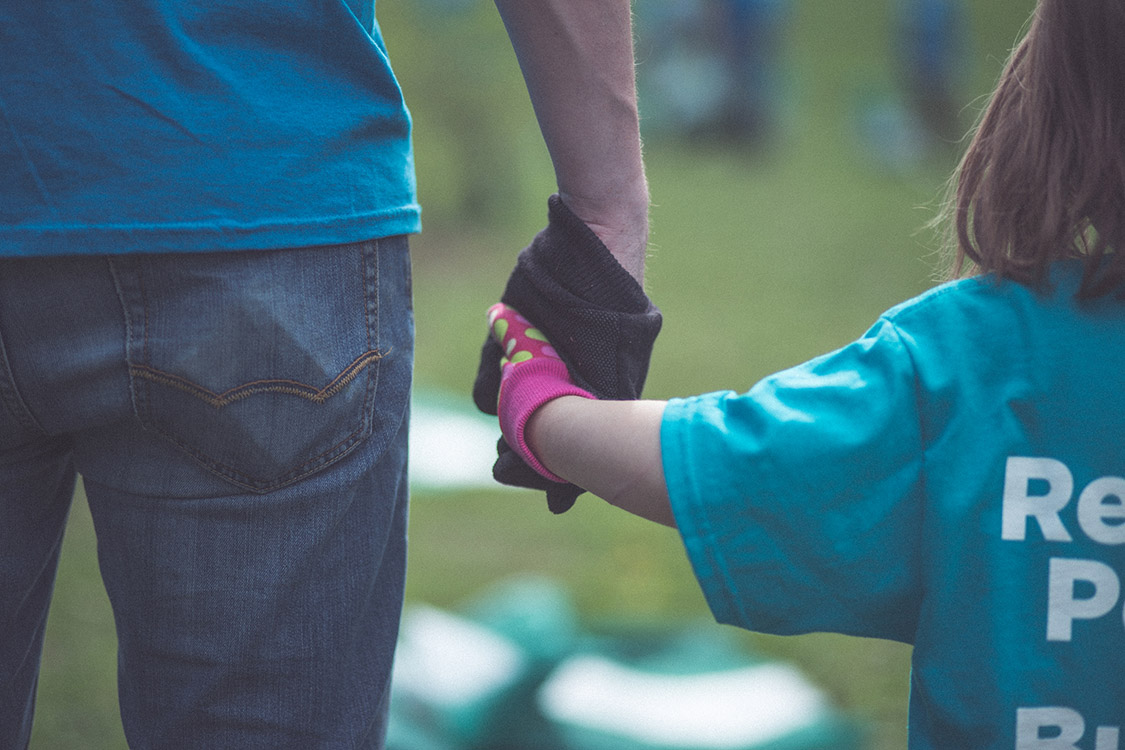
Disasters are on the rise, and as a result there are a lot of hurting people caught in the aftermath.
Imagine for a moment that a disaster came through your community in the middle of a record heat wave or freezing temperatures and destroyed homes and power. Would your church be able to help those in your community?
Many may think of large relief organizations or government agencies as best equipped to provide care and assistance when disasters strike, but I think local churches are better prepared to help in times of tragedy than many other organizations. Here’s why:
Why the church should respond after a disaster
The church has a unique message. We bring a message of hope, meaning, and faith to those who need it—at a time that’s most critical for them. It’s a unique opportunity for the church to be the hands and feet of Christ in times of need.
The church is uniquely positioned to help. Local churches are a fabric of the community that existed before the disaster happened, so they tend to be more aware of the local resources and needs on the ground than many outside organizations coming into these situations. When everyone else leaves the disaster zone, the local churches are still there and play a vital role in continuing long-term care.
The church can provide justice. Some of the most vulnerable people after a disaster include those from a lower socioeconomic status who have fewer resources available to them. Those with fewer resources tend to have a harder time regaining their basic needs or employment after a disaster.
In addition to posttraumatic injustice, disasters will also often reveal injustices that already existed before a disaster hit.
For example, allegations are coming out of Italy that many of the deaths from the August 2016 earthquake could have been prevented had contractors not cut corners and taken advantage of people as they were building homes. Those builders made a profit, but that act of injustice put people at risk who ultimately paid the price.
“But my church is too small”
My wife, daughter, and I moved to South Mississippi just six days before Hurricane Katrina struck the Gulf Coast. I witnessed a powerful response of the local churches in that area. It’s something that I’ll never forget.
I’ll also never forget meeting with the pastor of this one very small church along the coast.
As we talked, he pulled out a newspaper clipping and showed me a story about how his church had formed a ministry around one widow in their congregation. This woman had lost everything. Her house was gone. All of her belongings were gone. Her family did not live anywhere near her.
This small church came together and helped rebuild her home. After her little house was built, they had someone from the church go—every day, for quite some time—and check on her to make sure that she had medication, food, and spiritual and social support as well. This church responded by forming a ministry around one person in need within their own congregation.
How to get started
One of the first steps toward developing a disaster recovery ministry is conducting a risk assessment. A risk assessment helps you identify potential types of threats that are likely to occur within your community.
In the ten years that I’ve worked in disaster recovery, I’ve often heard people say, “Well, this sort of thing has never happened in my community, so we don’t have to worry about it.”
Times are changing. As we look at environmental shifts, and the threats of strained international relations and terrorism, we can’t always predict future risk just based on previous risk. Yes, it’s a good idea to think about the types of disasters that have happened in the past, but we also need to think ahead to what may happen now.
In the wake of Hurricane Katrina, there were countless stories of those who hadn’t experienced flooding in the twenty, maybe thirty, years that they’d lived in their communities. Then to have suddenly lost their homes, jobs, everything, completely to the flood, was very unexpected to some.
Learn from the experts
If you’re starting a disaster recovery ministry, it helps to learn from people who provide disaster relief. So, reach out to your local emergency management and first responder groups. This might be a local police or fire station, a hospital, or an emergency management agency. Many of them have statistics and information about the most high-risk problems that could occur in one’s community.
How to help
Don’t go it alone
Work to keep your church from becoming a Spontaneous, Unaffiliated Volunteer, or SUV. Look for organized ways to join other groups or agencies that are already helping.
Could your church serve as a shelter for the Red Cross? Could your church volunteer with an organization like Samaritan’s Purse to help with the removal of debris from homes? Working with groups that already have an infrastructure in place is a great way for churches to help.
Repurpose your current ministries
Instead of thinking of ways to start a brand-new disaster recovery program, consider how you can use a current ministry within your church to serve various needs. For instance, “How can we use our children’s ministry to help with the needs of children in our congregation and the local community during times of disaster?”
You’ve already got the capacity. You’ve already got the people. You’ve already got the ministry in place to be effective. Now you’re just reaching out in this unique situation.
Give your presence
In the days following a disaster, I would encourage churches to be authentic in the faith, listen to the questions people have, and do your best to support them.
Church volunteers should not feel pressured to have all of the answers to the questions disaster victims have. It’s okay not to know and to try and find out from others.
Often, just being there is the most important spiritual support that we can provide.
Give the gospel
Timing is key, but the same way a church would preach messages of hope, encouragement, and support during times of peace, they should replicate that also in times of disaster.
Start now
If you wait until there’s a potential threat of disaster or after a disaster has hit to establish a recovery ministry, unfortunately, it’s generally too late. This doesn’t mean that you won’t be able to get one up and running, but it’s probably going to be a whole lot harder than if you had prepared in advance.
There is so much a local church can offer to a community reeling from disaster. From Christ’s own life we see His heart, passion, and emphasis on caring for those in need. I think we would be wise to follow His example.


